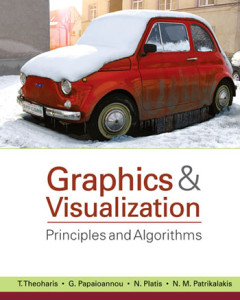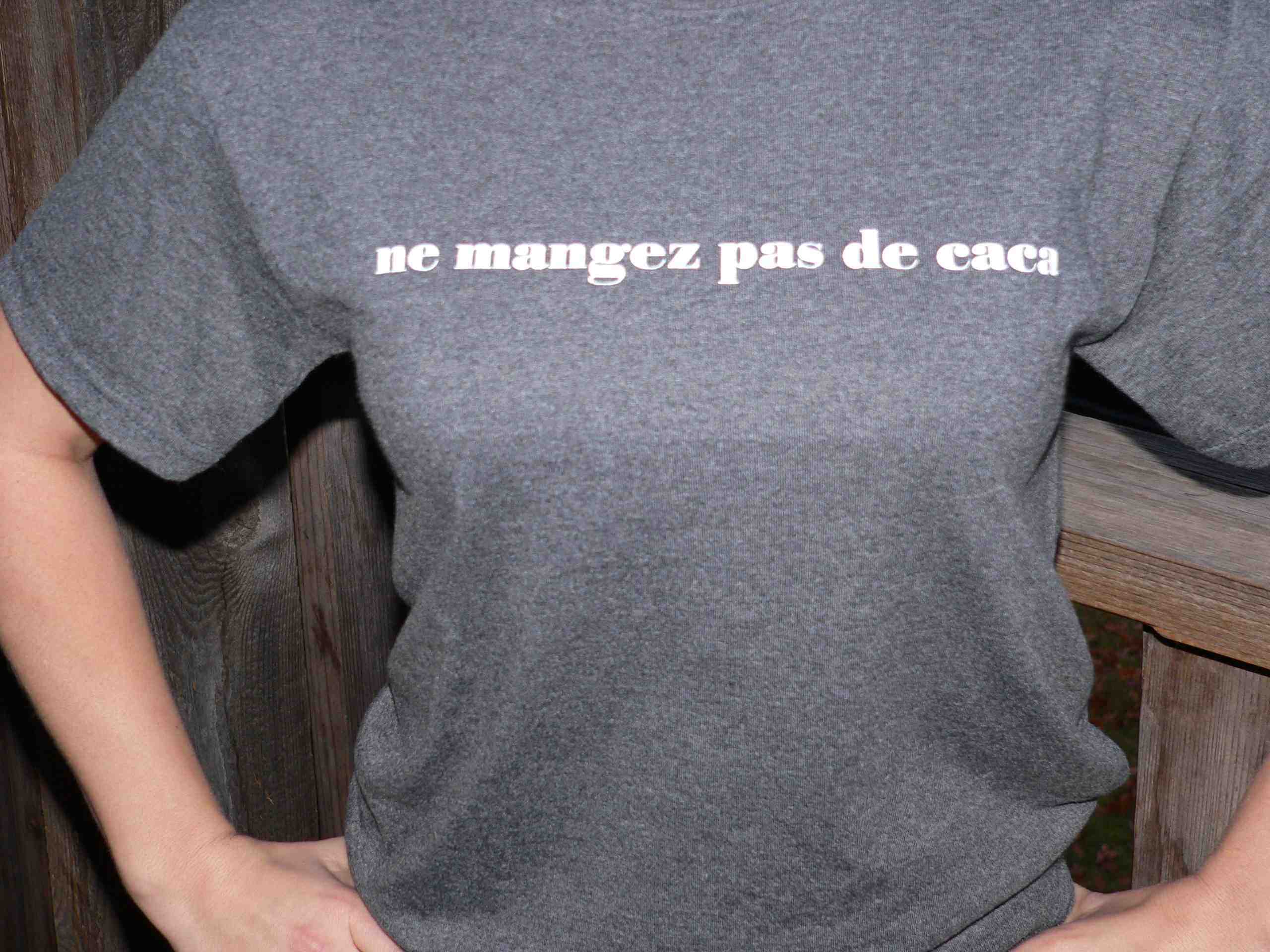One of my top-5 movies is American Beauty with Kevin Spacey.
(Probably because it arrived in 1999, about the time I realized my middle-aged high-profile professoring life with four daughters was falling apart and divorce would inevitably ensue — it did).
 Spacey has long shown his form as actor, but got it particularly right when he told a conference recently, “It begins with knowing what story you want to tell. Everything else will follow.”
Spacey has long shown his form as actor, but got it particularly right when he told a conference recently, “It begins with knowing what story you want to tell. Everything else will follow.”
Southwest Louisiana farmers were urged to become more effective leaders and better spokespeople for agriculture Tuesday during the Jeff Davis Parish Chamber of Commerce’s annual Farmers Appreciation Breakfast.
Bobby Soileau, director of the LSU AgCenter’s Agricultural Leadership Development Program, shared experiences from the program with the group of 150 farmers and agribusiness leaders.
“If we get people who are better spokespeople for Louisiana agriculture, I guarantee you can make a difference whether it’s in your community or your commodity, whether it’s in the state or nationally,” Soileau said.
“We have people who have been through our program that can make that kind of difference.”
Most of the program comprises lecture-based seminars on communication skills, but the most fun part is getting people out of their comfort zones and thinking about their passions, Soileau said
“Because if you tell your story, it makes a difference,” he said. “People will believe you.”
Sure, this guy is no Kevin Spacey, but tell your story.


 That’s why we have
That’s why we have 
